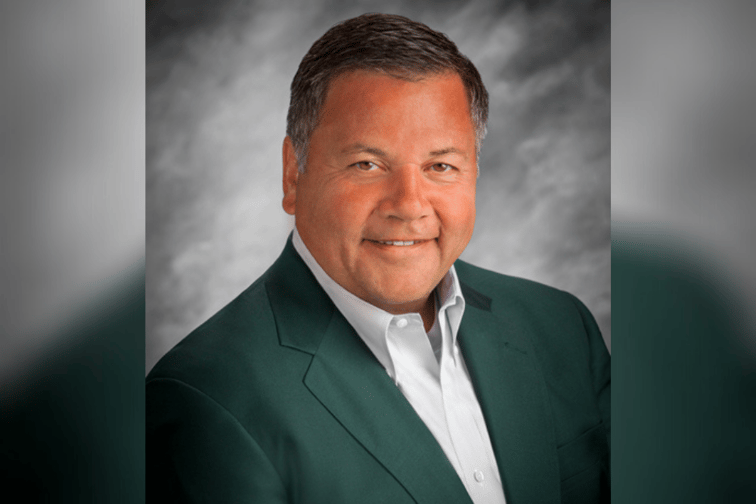

Explosions. Lasers. Pyrotechnics. Acrobatics. Costumes. Props. LED displays. Suspended drumkits. Flying artists. Popular music concerts have long gone beyond the realm of bands set up on stage belting out a set list and letting the music speak for itself. By popular demand, concerts have shifted from songs to spectacles, giving audiences escapism and awe via the use of elaborate special effects. But while these WOW factors are demanded by crowds and enjoyed by performing artists, they do come with a significant price tag – both literally and in terms of their risk exposure.
“Over the last several years, live shows have become far more elaborate. Event producers are playing to the expectations of the crowd, and they’re producing far greater WOW factors than ever before,” said Scott Carroll (pictured), executive vice president and program director at Take1 Insurance. “This is true whether it’s an indoor event or an outdoor event – everything from the rigging system, to the lighting, the video screens, the pyrotechnics, the lasers – it’s all become much more elaborate.”
As concerts have grown in spectacle, so too have the expenses associated with the equipment needed to create that spectacle and the insurance needed to cover it. For example, some of the LED video screens that venues are now using to project what’s happening on-stage for huge festival audiences can cost multiple millions of dollars. Event producers – those hired to produce the look of a show – need to factor in these inflated costs when considering their insurance needs.
Read next: Restarting live events in a post-COVID world
“The artists are also adding a lot more to their performances – doing elaborate stunts and routines that producers need to take into consideration,” Carroll added. “Look at [American pop star] Pink flying over the crowd connected to a harness [in her Beautiful Trauma Tour 2018-19]. It’s one of the most exhilarating things to see because of the way they launched her into the crowd very close to the crowd in the upper-deck, and then she comes back down to the stage on a bungee-type system – it’s phenomenal. We’ve also seen staging floating above a crowd, isolating drummers for a solo while they’re flipped upside down, and so on. Live shows have just become so much more elaborate and more complex for the producers.”
While event producers wouldn’t be held fully liable should something happen to an artist performing an elaborate stunt (the artist, the stage manufacturer and others would be more concerned) the producer would have a responsibility from the standpoint of making sure that all safety protocols and checks have been carried out appropriately. The producer would need to know the stunt is taking place, and they would need to address it with their insurance company.
Carroll explained: “It could be that the producer’s insurance company has an exclusion in the policy that might trigger if an accident were to happen while the artist was performing a particular stunt, and that exclusion could be removed if the insurance company has an opportunity to underwrite the unique exposure. In that case, the producer would need to be aware that they have that exclusion in their policy, and they would need to know that the way to protect themselves is to potentially have the insurance company come and visit the site, and talk to the production people, stage management and those responsible for building the stage to ensure that everything’s being done in a safe manner. Only then would the insurance company be comfortable removing that exclusion, so that if something tragic were to happen, the producer’s coverage would apply.”
As the dollar amount backing live music concerts continues to soar, it’s becoming more challenging for event producers and their insurance brokers to secure adequate insurance coverage. According to Carroll, there is enough limit in the marketplace to accommodate the most elaborate of live shows, but at the same time, insurance companies are underwriting more carefully and they’re looking to limit their exposure to single events / particular scenarios more so than they ever have before. Therefore, insurance brokers are having to go out and layer coverage – especially for producers involved in major events – seeking solutions from the specialty market in order to secure enough limit, Carroll explained.
“Simultaneously to all of that, certain venues and certain large promoting companies like AEG and Live Nation have started requiring more and more limits carried by producers coming in,” Carroll added. “It’s sort of a confluence of weird events going on at the same time. The insureds want more coverage because they feel they have more exposure; the insurance companies want to reduce the amount of limit that they’re willing to provide in any single event; and the AEGs and the Live Nations of the world (which control the vast majority of festival-type events and major events in general) have a greater need or a greater desire for higher insured limits. So, there are some competing forces that have been affecting the industry. But so far, if a producer is with the right insurance company, and the right brokers that know the industry, there is still enough capacity. Brokers just sometimes have to get a little creative to make it all happen at the same time.”
